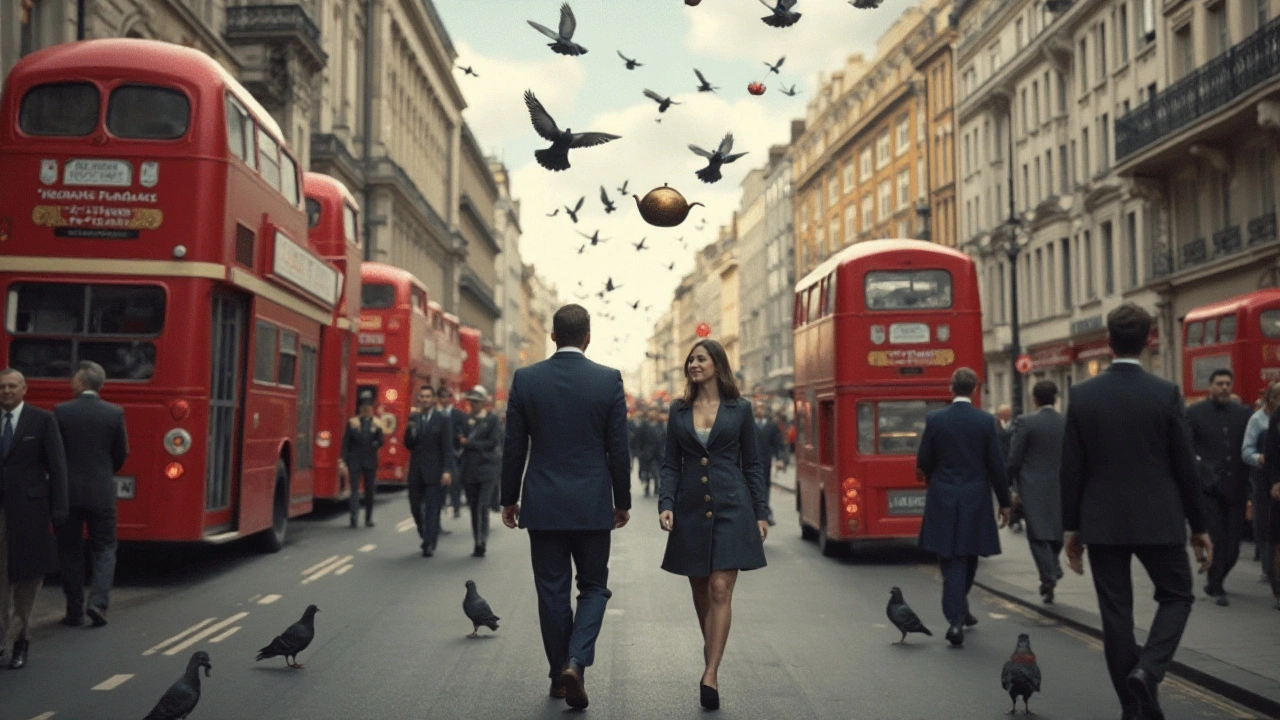Artistic genre
is the label we give to a group of artworks that share style, goals, and techniques. Knowing genres helps you find art you like and learn faster. This page brings clear, practical guidance on major genres and how to explore them.
Start by looking at three things in any genre: how the work looks, what materials artists use, and why they made it. Look at technique first. For example, photorealism focuses on tiny detail and smooth blending. Abstract Expressionism values gesture and emotion over exact forms. Bauhaus favors function, clean shapes, and simple materials. Knowing those basics helps you spot genres quickly.
Next, use quick study steps. Pick three genres that sound interesting. Spend a week on each. Read one short article, save three images, and sketch one piece. Visit a museum or gallery if you can, or follow a reliable online collection. Copying a work teaches more than just reading; you feel the process and limits of the style. Keep short notes: what surprised you, what felt hard, and what you liked.
Also, track key artists and dates. A single artist can define a genre. Jackson Pollock for Abstract Expressionism or Albrecht Dürer for print-based traditions. Knowing a few names helps when you search for more examples.
Common genres to start with
Photorealism - paintings and drawings that look like photos, great for learning control and detail. Abstract Expressionism - bold color and energy, useful if you want to work with emotion. Bauhaus and Modernism - focus on function, clean lines, and practical design. Fluxus and Avant-Garde - playful, rule-breaking work that mixes media and performance. Baroque - dramatic light and movement, useful for storytelling in images. Cubism - break shapes into planes, good for studying perspective and form. Installation Art and Land Art - think large scale and viewer experience. Ukiyo-e and Traditional Prints - strong patterns and flat color, excellent for composition study. Futurism - dynamic motion and technology themes, helpful for game and urban design. Primitivism - uses simple forms and bold motifs to challenge conventions.
How to use genres in your life and work
Apply a genre to your home, portfolio, or practice by isolating one element. Try a Bauhaus color palette on a chair, add Baroque lighting to a photo shoot, or use Fluxus-style chance methods in a sketchbook. Mix genres to make something new: photorealistic texture with Cubist structure, or Futurist rhythm in installation pieces. When mixing, keep one dominant idea so the result stays clear.
If you want more, explore the tagged posts on Paul Artistry. Each post dives into a genre with examples, history, and practical tips you can use right away. Pick a post, try one exercise, and you’ll learn faster than guessing.
Join discussions, comment on pieces you like, and save links to build a personal reference. Try a month-long project: one small work per week inspired by a different genre. Share progress to get feedback. Over time you’ll spot patterns, grow skills, and form a clear sense of what moves you as an artist and create.

